Affiliate links on Android Authority may earn us a commission. Learn more.
A little history of the smartphone camera
Published onJune 16, 2017
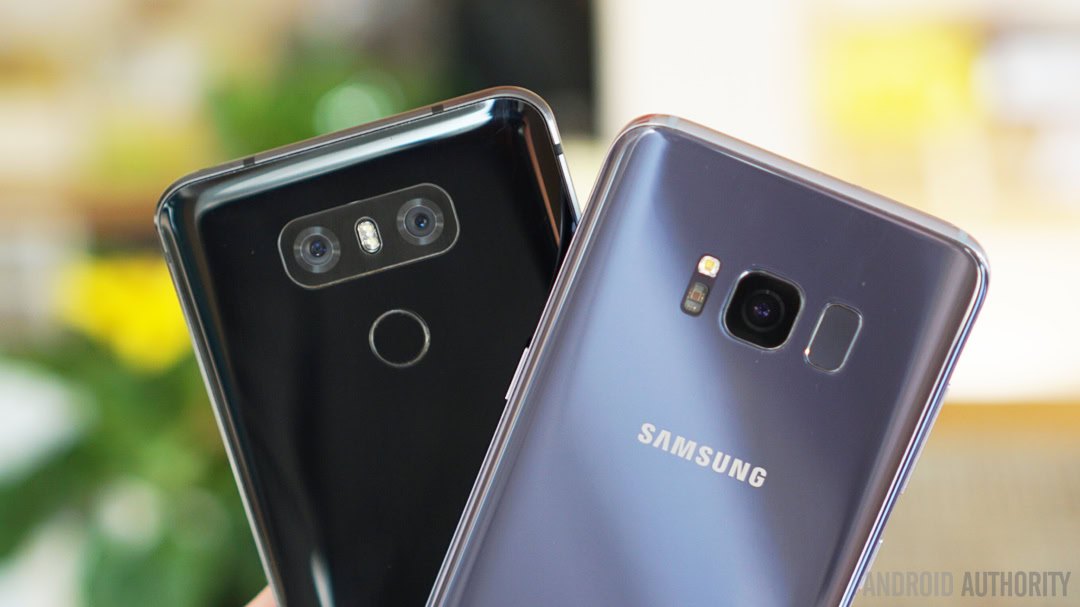
The introduction of the smartphone will certainly be looked back upon as perhaps the biggest shift in the way that we all use technology, and not just due to the fact that we’re all walking around with access to the entire web in our pockets. Photography has been an equally key part of the smartphone’s success, resulting in today’s hugely popular selfie, Instagram, and other related phenomena.
Smartphone photography has proven so hugely popular that flagship handsets have all but killed the compact camera market too. So let’s take a little tour through some of smartphone photography’s most notable milestones to see just how far we’ve come.
In the beginning
I suppose it makes the most sense to go back and look at some of the earlier smartphones so we can see just how much camera capabilities have changed over the years.
The original iPhone and the HTCDream (T-Mobile G1) were the first smartphones, in the modern sense of the word, and both arrived with cameras onboard. Mobile phones had long featured cameras before then, so it’s of little surprise that the first generation iPhone shipped with a tiny 2 megapixel rear camera, which was unable to record video, while the HTCDream arrived with a 3.15 megapixel sensor that touted autofocus capabilities but again no video shooting options.
Despite both including camera capabilities, photography expectations were much lower in those days, especially given that compact cameras were still obviously more capable. The close call camera shootouts and rigorous lab test conditions simply didn’t feature in mobile phone reviews back then. In comparison with today’s smartphones, we’ve come to take much more advanced features, such as optical image stabilization, 4K video recording, and excellent low light performance as requirements of a flagship smartphone.
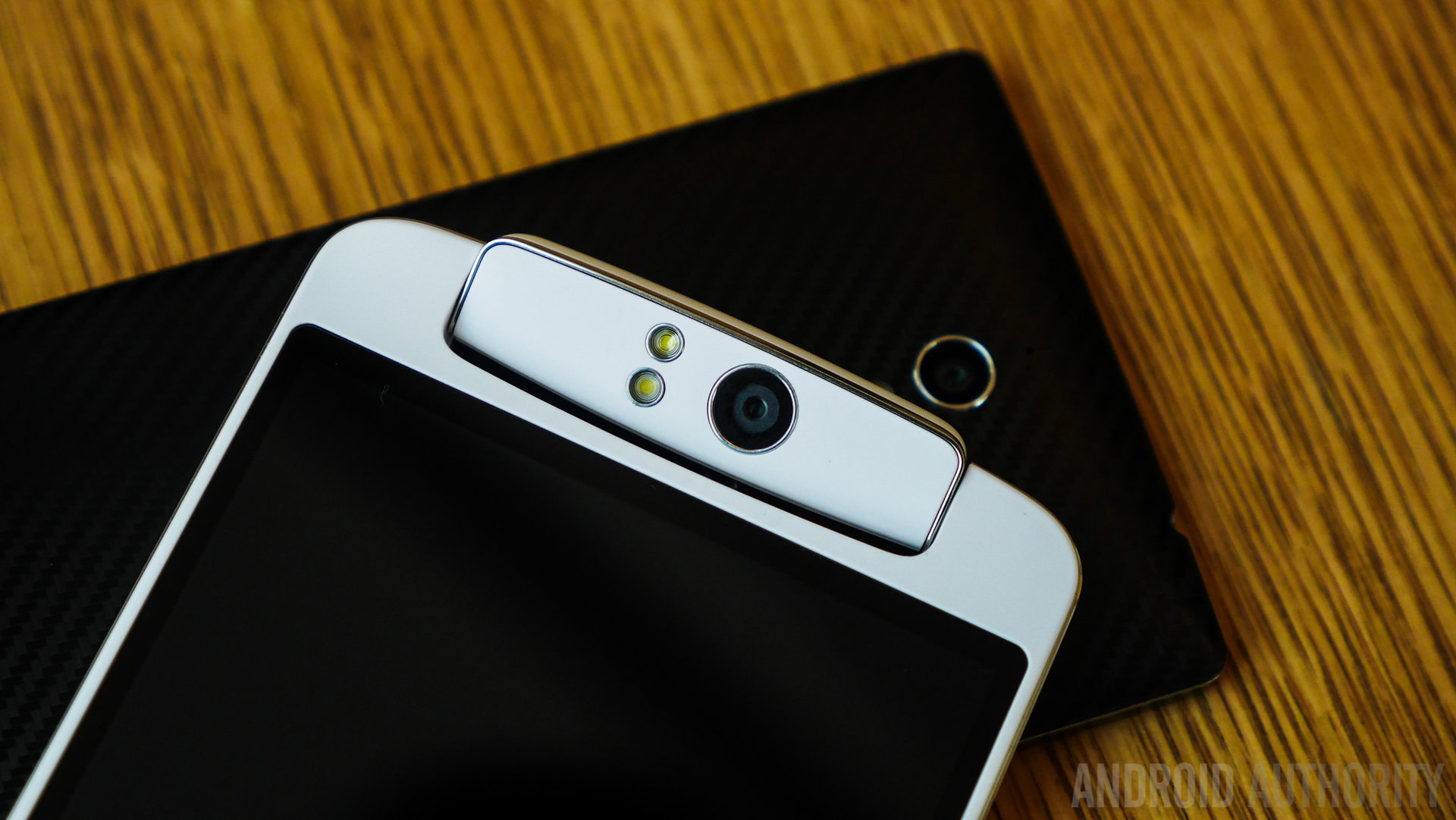
The rise of the selfie shooter
While 2003’s Sony Ericsson Z1010 may have been the first phone to sport a front facing camera, it wasn’t until handsets like the Apple’s iPhone 4 and the HTCEvo 4G in 2010 that selfie cameras reached the smartphone market. Originally, these tiny sensors were not far from an afterthought, boasting just 0.3 MP and 1.3 MP resolution respectively, with no extra features bar some video recording capabilities. Even in subsequent models, the front facing camera was notably poorer than the rear camera equivalent, although this wasn’t such an issue in the early days.
In the early days, front facing cameras were popular for video calling rather than talking stylish selfies.
Before consumers were demanding top quality looking photos, front facing cameras had become quite popular for video calls, and even these small 2 or 3 megapixel sensors would allow for 720p and even 1080p video. It wasn’t until the adoption of much faster data speeds that media sharing really took off in the mobile space, so it was only three or so smartphone generations ago that front facing cameras started to see notable improvements.
Fast forward 6 to 7 years, and we now have smartphones boasting selfie camera capabilities that rival typically superior rear camera performance. Flagships from Samsung, HTC and others offer up front facing camera resolutions from 8 to 16 megapixels, with aperture and lens configurations that match rear camera setups, producing much better results than in previous years. The selfie trend has seen major improvements on the software side too, with almost all manufacturers and camera apps offering “beautification” and filter options to make your profile snaps look their best.
The road to better front facing cameras has been a long one, but it’s a journey that has produced some intriguing handset designs along the way. Today, the new OPPO F3 is the first smartphone to feature a dual front facing camera configuration, one 16 and one 8 megapixel, designed to offer better looking selfies and a wider range of shooting options. OPPO also picked up on this trend even earlier with the introduction of its N1 phone (pictured above), which boasted a swivelling camera setup allowing to equal quality selfie and regular shots.
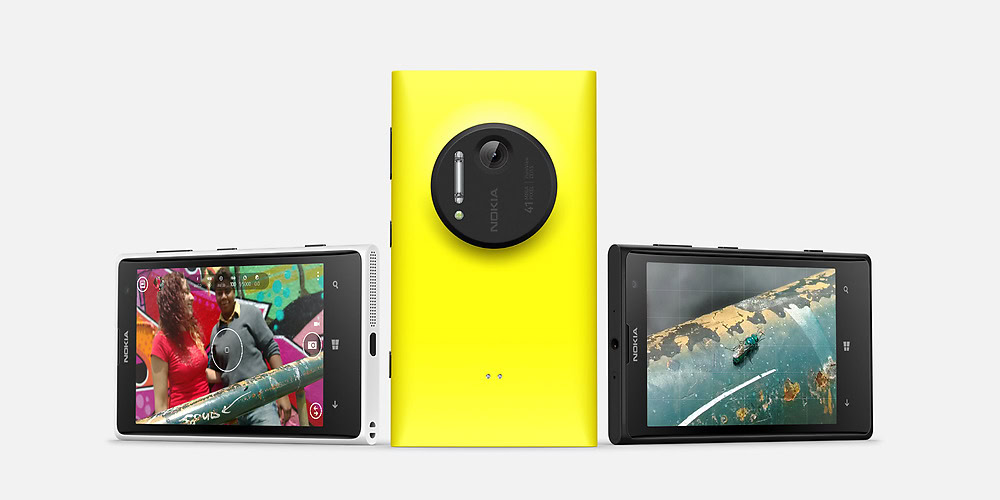
Resolution Race
Once the smartphone market was well established and small form factor camera technology improved, smartphone cameras began to take off in a big way. With manufacturers attempting to outdo one another each generation, which still continues to this day.
One way in which OEMs attempted to differentiate their products was to ramp up the camera resolution, as numbers always stand out on a spec sheet. We know that resolution isn’t everything these days, but at the time the larger numbers were certainly grabbing headlines.
Smartphones quickly averaged out at around 13 megapixels for the rear camera after just 3 generations.
Apple’s iPhone, considered one of the best shooters at the time, quickly moved on up from 5 to 8 and then 12 megapixels, where the company has now sat for some time. Similarly, Samsung moved from 8 to 13 megapixels between the 2011 Galaxy S2 and 2013 S4, then 16 MP with 2014’s Galaxy S5.
Sony and Nokia’s Lumia range took the crown much quicker though, with the Xperia Z1 boasting 21 megapixels back in 2013, only to be eclipsed by the Lumia 1020’s huge 41 MP sensor that same year. In fact, 2013’s Lumia 1020 (pictured above) is still considered by some to still be one of the best smartphone camera phones ever produced.
Not only were these cameras quickly boosting the resolution available in smartphone cameras, but were also introducing a number of new features that have become staples of the industry. 1080p and now 4K video recording was trotted out over the years, and optical image stabilization appeared in the majority of 2014’s flagship smartphones. Last year’s HTC10 was the first phone to use OIS in both front and rear cameras.
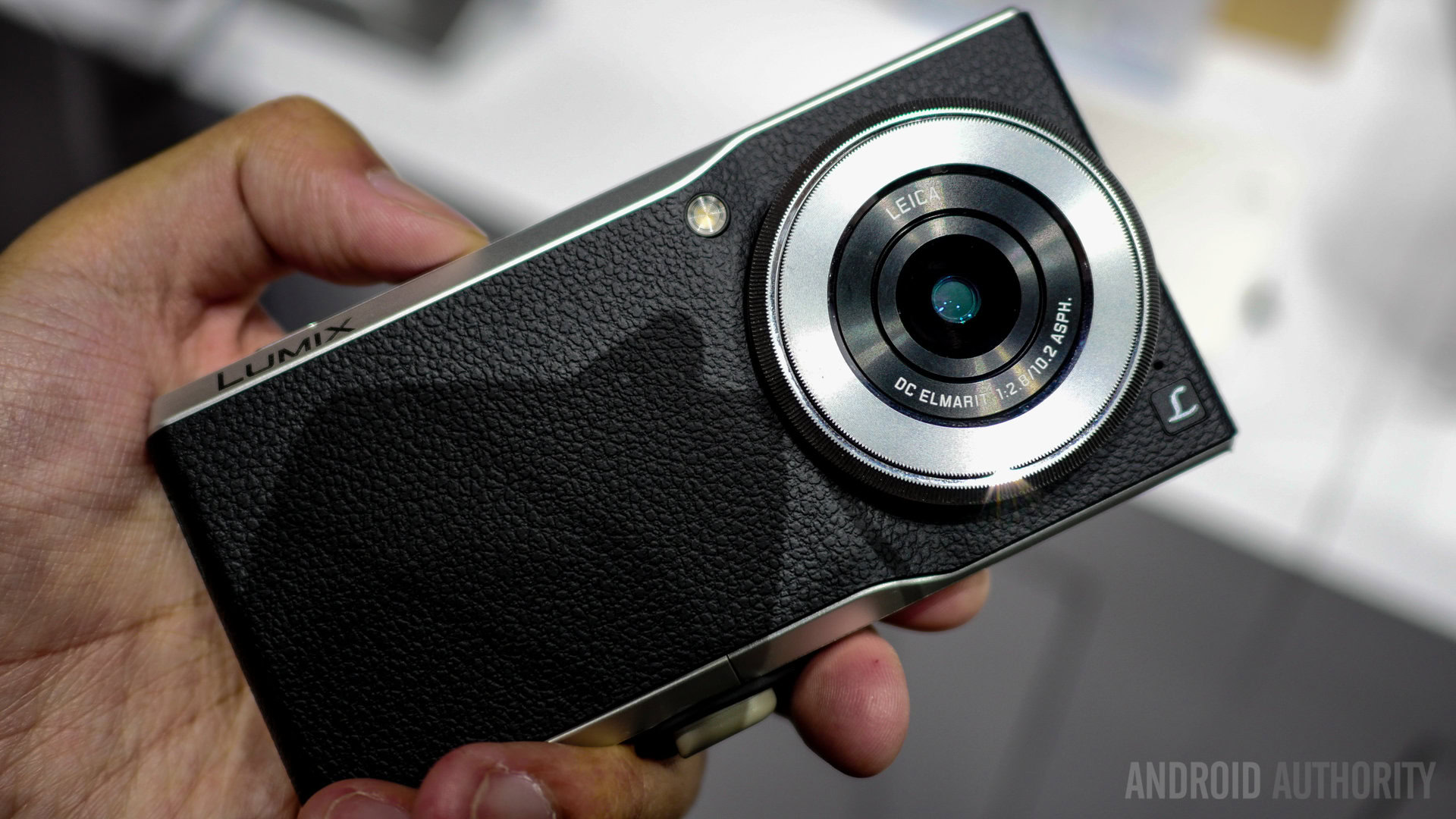
Compact Camera Experiments
The huge demand for better smartphone cameras eventually led to some more interesting experiments, as some companies attempted to meld smartphones with traditional compact cameras. The results were Samsung’s Galaxy Camera range and Panasonic’s DMC-CM1.
Samsung’s first Galaxy Camera appeared in 2012, boasting a 16.3 megapixel setup with 21 optical zoom, OIS, and Xenon flash, as well as Android Jelly Bean onboard, complete with LTE data capabilities. Samsung followed this up with the Galaxy Camera 2 in early 2014, which arrived with very similar specifications but sans any cellular connectivity.
The Panasonic DMC-CM1 (pictured above) appeared in late 2014, offering up some more powerful smartphone specifications that rivaled flagships at the time. On the camera side, the 20.1 megapixel 1-inch sensor with Leica optics and variable aperture certainly commanded the high price tag. However, these products were really a solution to a question that no-one was pondering and clearly never took off.

Bigger, better pixels
Inevitably, smartphone camera pixel counts hit the wall, due to the limitations with sensor sizes and the processing bandwidth available in mobile form factors. In a bid to continue to improve picture quality, and gain the upper hand on its competitors, OEMs began turning to new camera sensors with bigger and better pixels.
HTC was actually well ahead of the curve in this regard, opting to market its Ultrapixel technology, which boasted a large 2um pixel size, with its One M7 handset instead of simply increasingly the resolution of its sensors. While the early 4 megapixel versions were a little disappointing, the HTC U11’s Ultrapixel 3 revision seems to have finally come into its own.
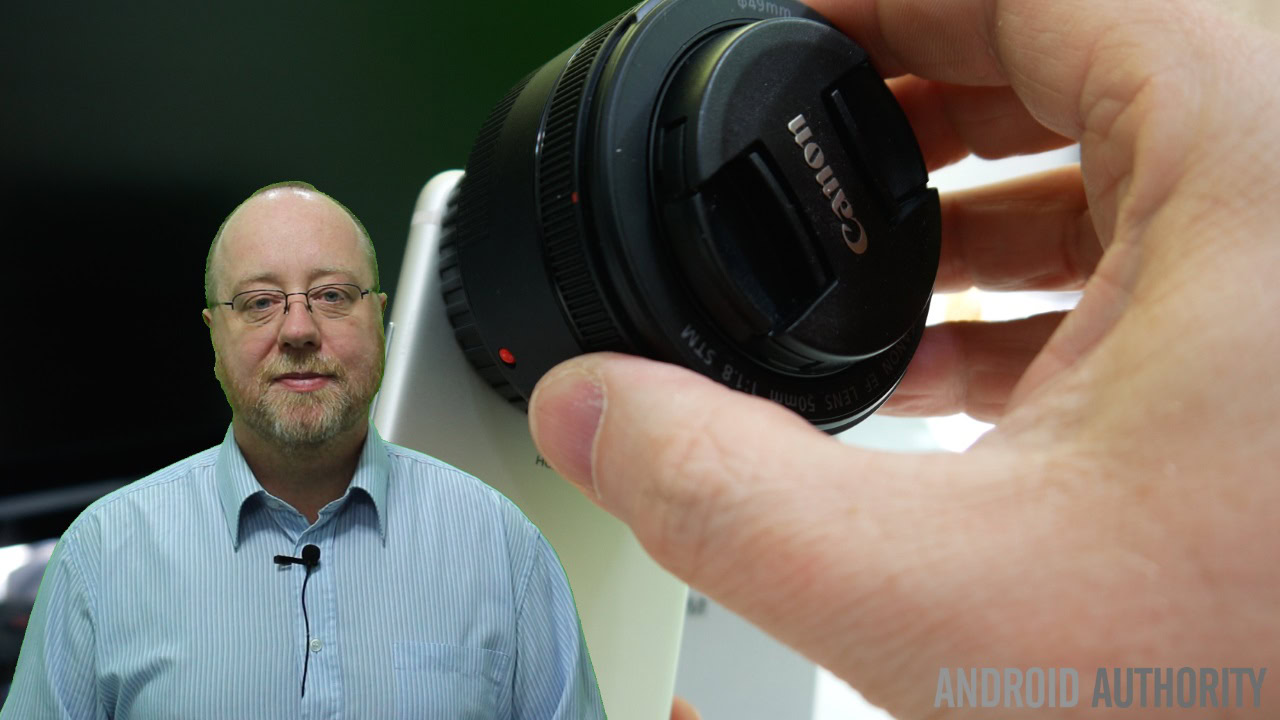
More recently, this is a design decision that other OEMs have come to appreciate too. Many of the most recent top performing smartphone cameras have boasted larger pixel sizes than previous generations. The Google Pixel uses a 1.55um pixel size, while the Samsung Galaxy S7 and S8 clock in at 1.4um.
As well as trying to capture more light with the sensors, new pixel embedded technologies have appeared in recent years too. Phase Detection Autofocus is now a staple of many high-end sensors, and a number of manufacturers have opted for more advanced implementations that use an increased number of pixels for even faster focusing speeds. Samsung was the first to use dual pixel focusing technology inside the Galaxy S7.
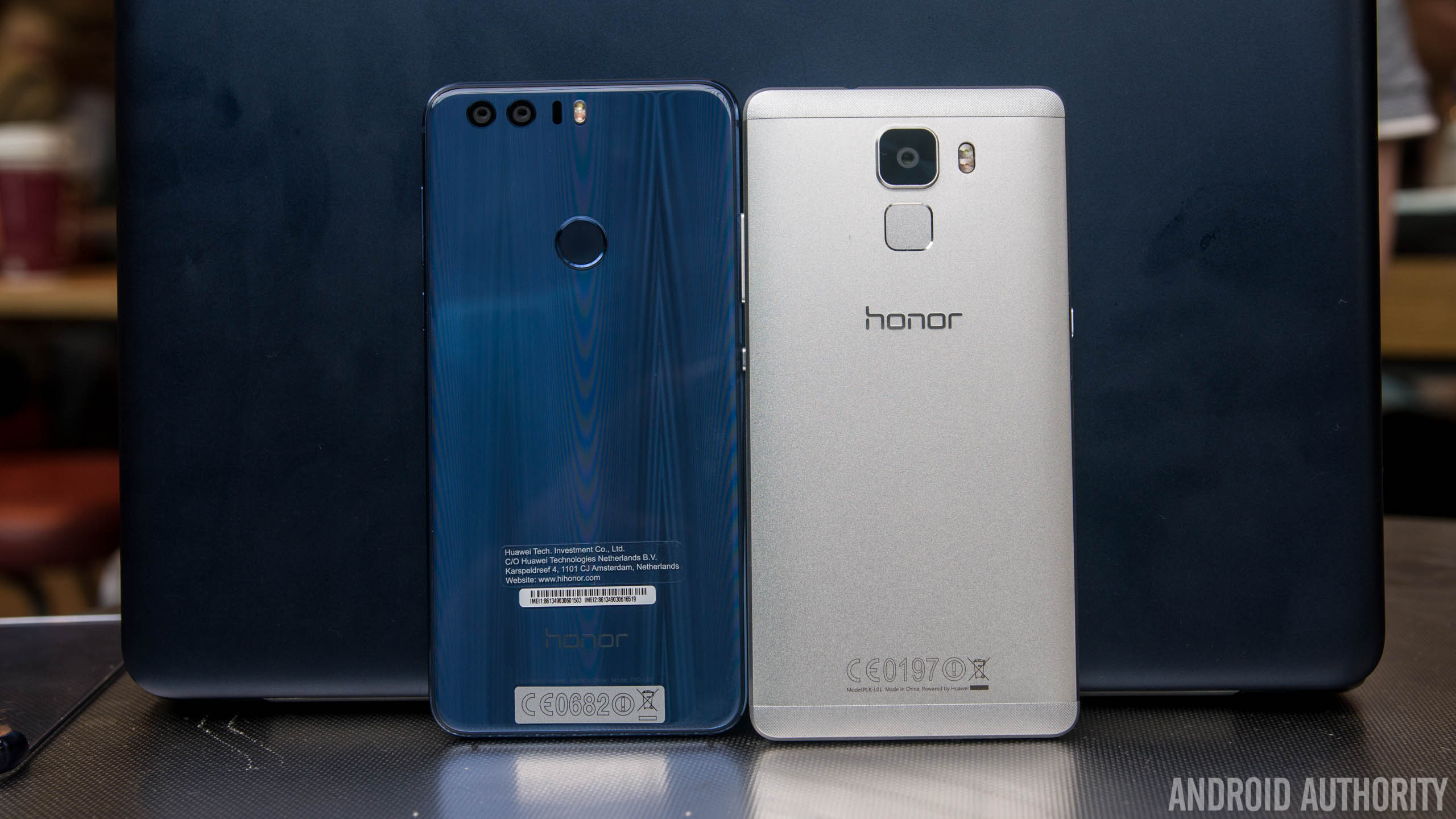
Dual cameras and the future
With top-tier flagships now producing some truly impressive camera results, companies have turned to dual camera technologies to differentiate their products with new features and to continue to improve image quality, even when using more cost effective sensors.
The LG G5’s wide angle lens solution was one of the first notable models, a trend that the company has continued with its G6 and V series. HUAWEI’s partnership with Leica has brought monochrome + RGB setups for improved HDR and low noise to a number of its flagship phones, and this technology has also made its way to its budget HONOR line-up too. Even Apple’s latest iPhone makes use of a secondary telephoto lens.
Dual camera’s aren’t entirely a new technology though. The HTCOne M8 tired out this combo with mixed results in 2014, and even some older models like the LG Optimus 3D and HTCEvo 3D experimented with stereoscopic cameras as far back as 2011. Looking forward, increases in mobile memory bandwidth and more efficient image processing will bring the top-tier features down to the mid-range, support higher resolution multi-camera configurations, and enable even more powerful post processing.
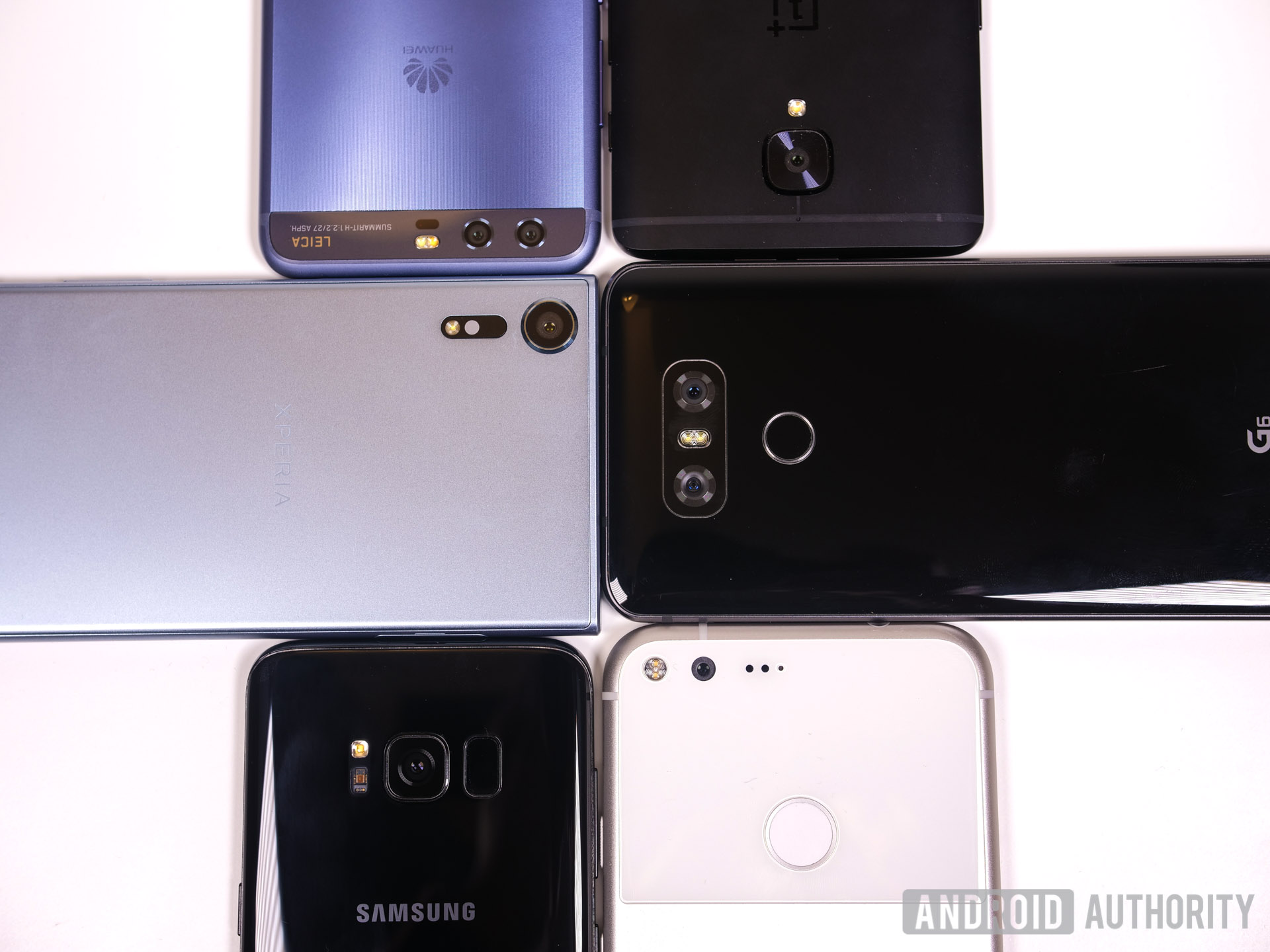
While the race for increased resolution and better light capture has improved both the clarity and quality of smartphone pictures, dual cameras are aiming to bring phones that little step closer to the shooting capabilities offered by DSLR cameras. Bokeh depth of field effects, and zooming without loss of quality are already here, and it’s going to be exciting to see what the next generation of mobile camera technology brings.